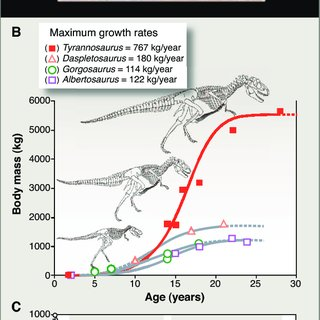In my fantasy world, I have the suchians, a race of reptilian humanoids that live for 200-300 years and keep growing throughout their lives. I am wondering what a reasonable "growth curve" is.
My working assumption is that their mass grows in a linear fashion. I.e., a 30-year-old is about as heavy as a man, 70 kg or so, whereas as a 200-year-old averages 400-500 kg. I don't know how "realistic" this is.
I am writing fantasy, not hard science fiction or speculative evolution, so I can of course do whatever I want. But I want to take some hints from real biology before I decide.
Do you know of some good examples of real animals that keep growing (e.g. crocodilians), and how their growth curves look?
The "tree of life" of my fantasy world is largely earthlike, but with more reptiles and fewer mammals. I see my suchians as a kind of archosaurs. They have crocodile-like traits and dinosaur-like traits; I haven't decided exactly how they fit into the phylogenetic tree. But they definitely have a warm-blooded metabolism like birds, NOT a cold-blooded metabolism like crocodiles.
Here is a picture of one (drawn by Avanciia).
Thanks in advance!
EDIT 1: Someone asked about suchian senescence. That is a good question. The average suchian remains sharp and in good health for at least 150 years. Some time typically around 200, senescence gently begins to set in, and the body slowly becomes more susceptible to disease and slower to heal. But even then, most remain in good health for some decades. Perhaps they senesce at an "exponential" rate, meaning that age-related weakness slowly grows over several decades. At some point, usually between 220 and 260, the body starts to feel really old - organs start to fail, age-related illnesses appear. The average suchian is dead by 250, but some exceptional individuals live to 300 or rarely even 350.
EDIT 2: The suchians are highly communal and live in large families/clans of 30-70 individuals which band together in larger tribes or nations. So infirm individuals will be cared for by their kin.





